Meet Diamond Standard: A New Way to Value Natural Diamonds
Learn about a brand new asset class that looks to homogenize diamonds into a tradable asset.
Deep underground, the tectonic plates that make up the surface of our world float on a churning sea of magma: Earth’s molten core. There, in the Mantle, is where diamonds were formed. The process takes millions of years, intense pressure, and heat to produce crystals of remarkably ordered carbon atoms. They only come close to the Earth’s surface through specific types of volcanic eruptions. They are exceptionally hard, exceptionally beautiful, exceptionally rare, and each one is different. These qualities make natural diamonds so nice to look at and even nicer to wear. Figuring out their value, though, can be daunting and is typically carried out by a handful of highly educated and connected groups around the world. In other words, if you asked 5 different people how much a diamond is worth you could get 5 different answers. The Diamond Standard – a brand new asset class that looks to homogenize diamonds into a tradable asset – might just be the one answer we’ve been looking for.
Unlike gold or silver, which are elements and have a constant purity grade, diamonds are one of the many forms of carbon, and to a certain extent valued in the eye of the beholder. An expert eye has been required. “There’s both an art and a science to valuing diamonds. You can look at the trade metrics, and there’s a robust market from dealer to dealer,” explains Greg Kwiat, CEO and 4th generation proprietor of Kwiat Diamonds. “Then, of course, we understand the retail market. We look at every stone for its four C’s [the color, clarity, carat weight, and cut] and we apply that knowledge to valuing each diamond. Then there are all the intangibles, the beauty of the stone, the rarity of the stone. Each diamond really is individual when we look at it that way.”
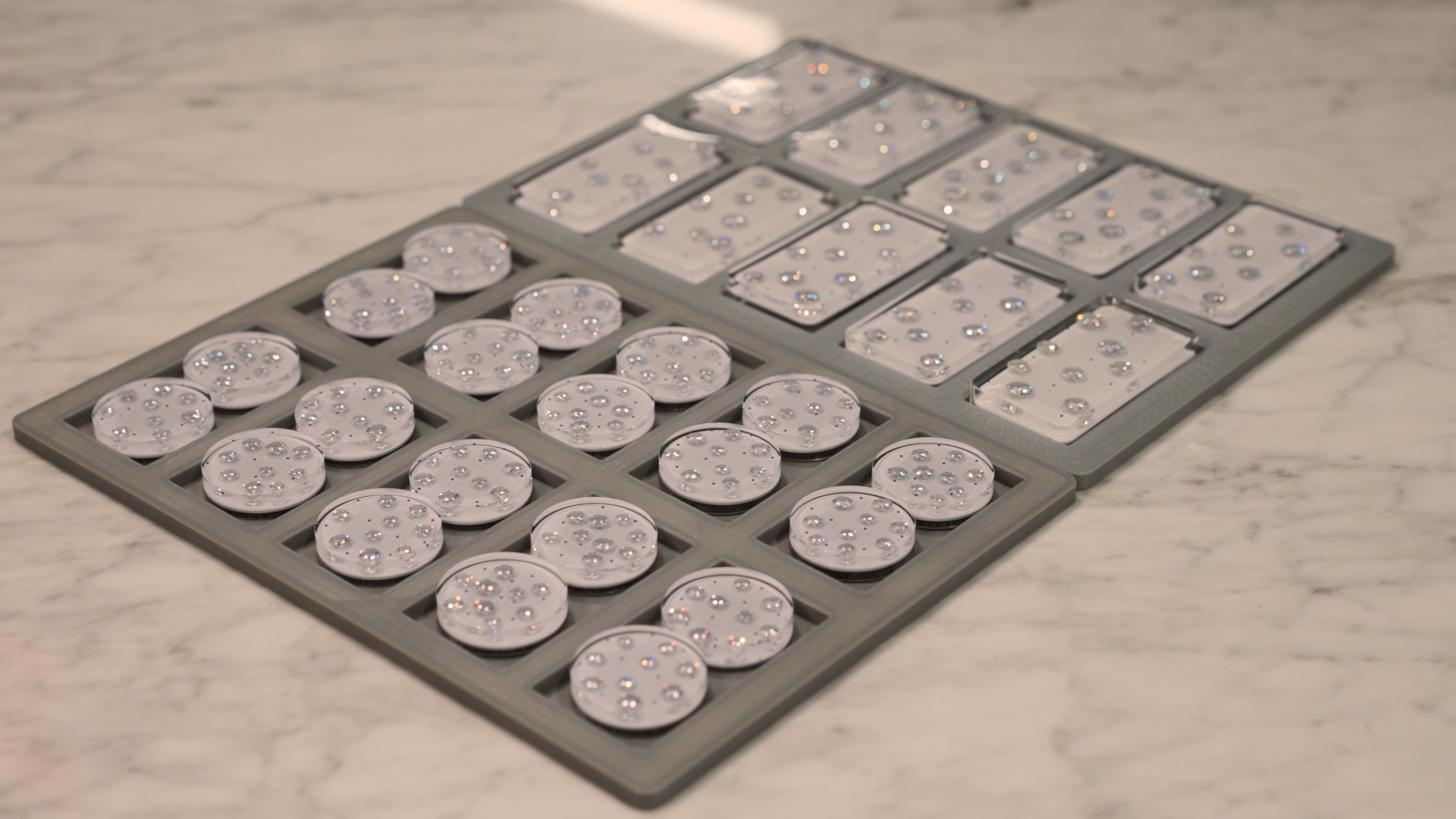
These same nuances that have made diamonds so appealing for centuries have ironically prevented them from becoming an asset class like other valuable and rare materials. When asked if he considered diamonds a liquid asset, noted market expert Paul Zimnisky says, “No, given that there are somewhere around 10,000 different categories of diamonds, trading of diamonds tends to be more difficult than that of fungible assets like gold or shares of a company, i.e. stock. Certain expertise is required to trade diamonds at an efficient level. The total transaction costs, or ‘trading friction’ tends to be high.”
To create a fungible, standardized asset out of natural diamonds has been considered too complicated to be worth attempting. You would need a rocket scientist to figure it out or a quant – the quantitative analysts who are pretty much financial rocket scientists. Cormac Kinney is a highly accomplished quant, and maybe the only one married to a highly regarded jewelry designer. Cormac believed diamonds could do more for their owner than just bring joy. “They’re an asset, like gold, silver, and platinum. But because every diamond is different, an investor could never trade them,” says Cormac. “They could never have price transparency or liquidity. And what I believed and later proved was that it was a computer science problem that we could solve.”
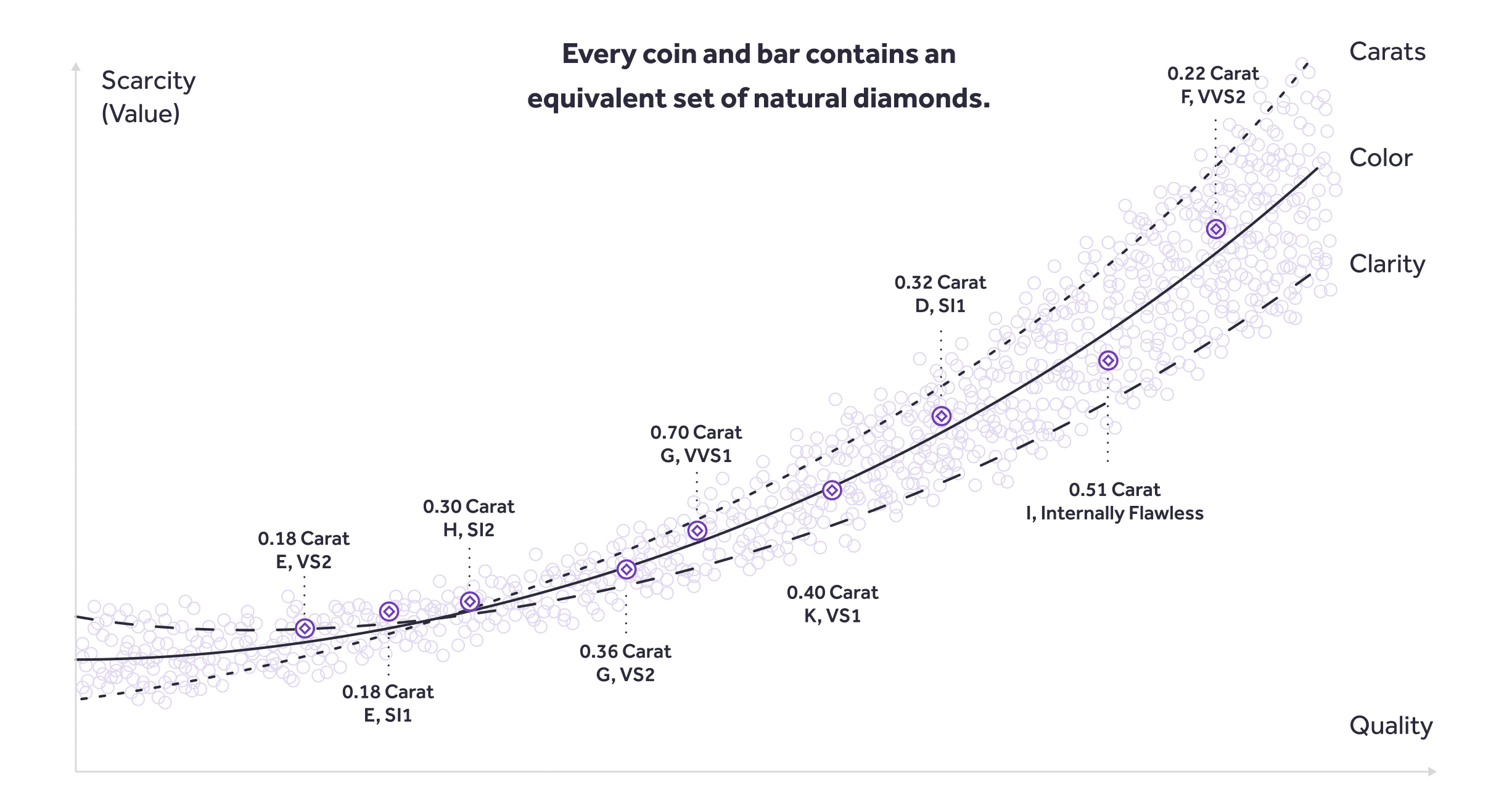
The fruit of Cormac’s labor is the Diamond Standard – the world’s first and only regulator-certified Natural Diamond Asset and marketplace. Groups of diamonds are brought together into coins and bars that are tracible, fungible, and of equal value to create an asset class that is tradable and therefore liquid. “The process for creating the diamond standard commodities is actually very interesting. And it’s several computer science breakthroughs,” explains Cormac. “The first point is that we have no opinion on what the values of individual diamonds are. We force the market to tell us what they’re worth by using automated market making. What that means is we bid on millions of different types of diamonds every day, all around the world. Our job is to buy a statistical sample of all diamonds, and we make that sample public. That way we can prove that we did our job, which has forced price discovery and buy a little bit of every different type of carat weight, color, and clarity of diamonds in order to optimize them to make every bar and coin identical.”
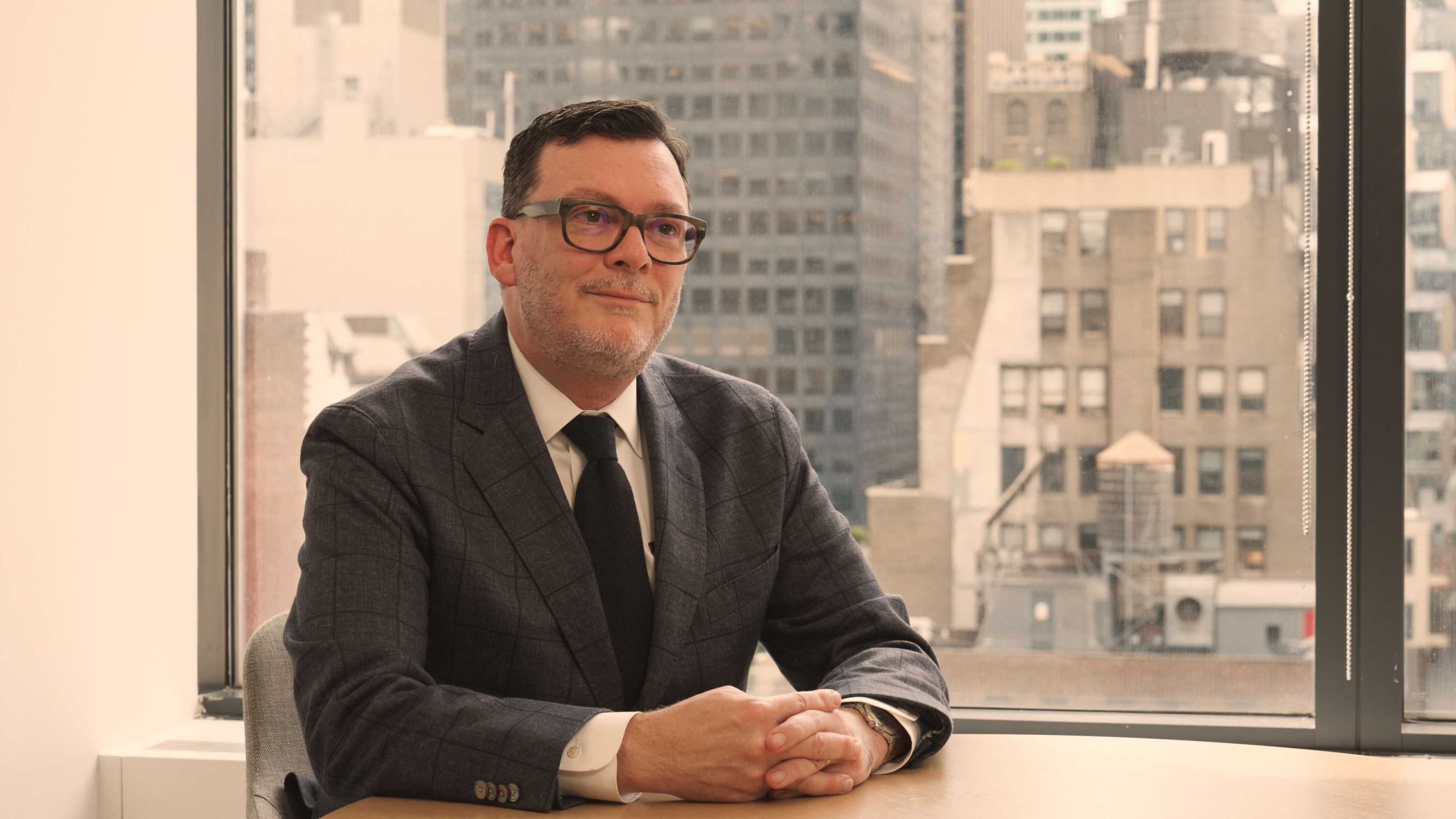
The process is largely automated, to further take the guesswork out of assembling the bars and coins. Each diamond is traced and each coin and bar has its own unique blockchain token embedded into the clear plastic casing for tracing and auditing purposes.
Creating new asset classes is tricky, and there has been an implosion in web3 asset market this year. The 2008 financial crisis was triggered by the trading of mortgage-backed securities and their esoteric (and unregulated) credit default swap derivatives. Diamond Standard offers an intriguing alternative, and one mined from the actual ground rather than Bitcoin, which is mined in a server farm using as much energy as a medium-sized city. Taking the pricing of diamonds out of the back rooms is critical to the success of the Diamond Standard.
“We had to create the diamond standard exchange, which is comprised of the 180 largest diamond vendors in the world. They list on average a million diamonds per week on our exchange. Every member has gone through a KYC [Know Your Customer] and AML [Anti-Money Laundering] process, meaning that we background check them. They’ve also signed agreements to adhere to the Kimberley Process [by which diamonds are certified as non-conflict]. So we’re providing governance and transparency,” shares Cormac. And the value of diamonds will likely only increase in the long term.
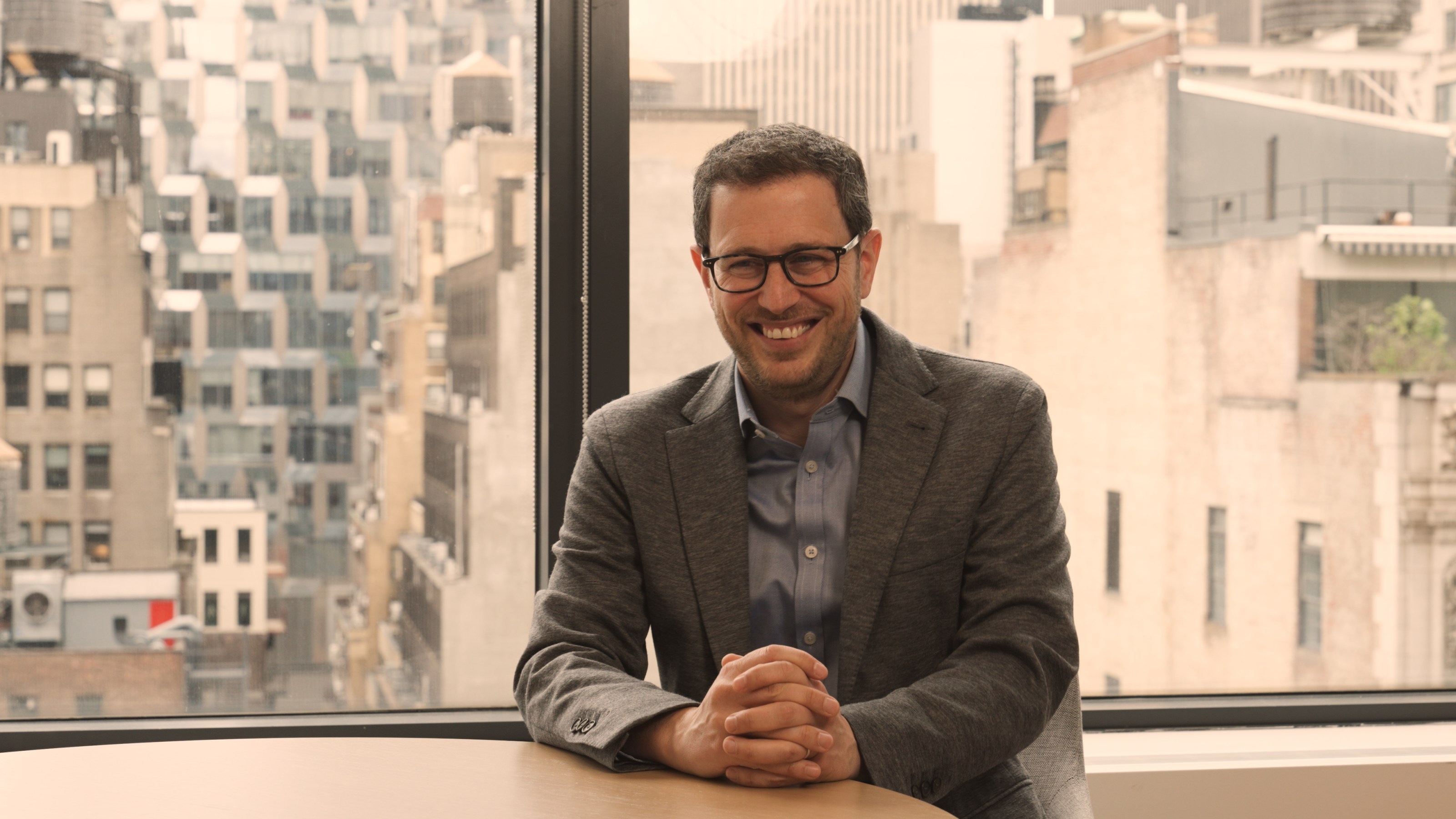
“Something that people are surprised to learn is that diamonds are running out. They haven’t discovered a new diamond mine in over 20 years. And so the supply has been diminishing between 3 and 5% per year. We don’t know when they’ll run out, but the supply is falling,” says Cormac. “At the same time, the demand for diamond jewelry has been rising, especially in countries like China. And so you have an interesting situation with falling supply and rising demand. And now for the first time ever, we have financial demand, where investors around the world are building a position in diamond for the very first time.”
With portfolio managers and bankers getting into the scene, what does this mean for the folks who just love and wear diamonds? Will they be priced out of the market? Paul Zimnisky is circumspect. “If [Diamond Standard] can turn diamonds into a mainstream investment product, then yes of course it would generate notable incremental demand for natural diamonds.” But Cormac is confident he’s baked in all the contingencies to the Diamond Standard model. “When we built our commodity, we designed it in a way that uses all of the varieties of gem quality diamonds that you find in your jewelry store, which means as we acquire them for investors, all diamonds will move at the same rate of change the price, for example. So we were very careful not to disrupt the jewelry world.”
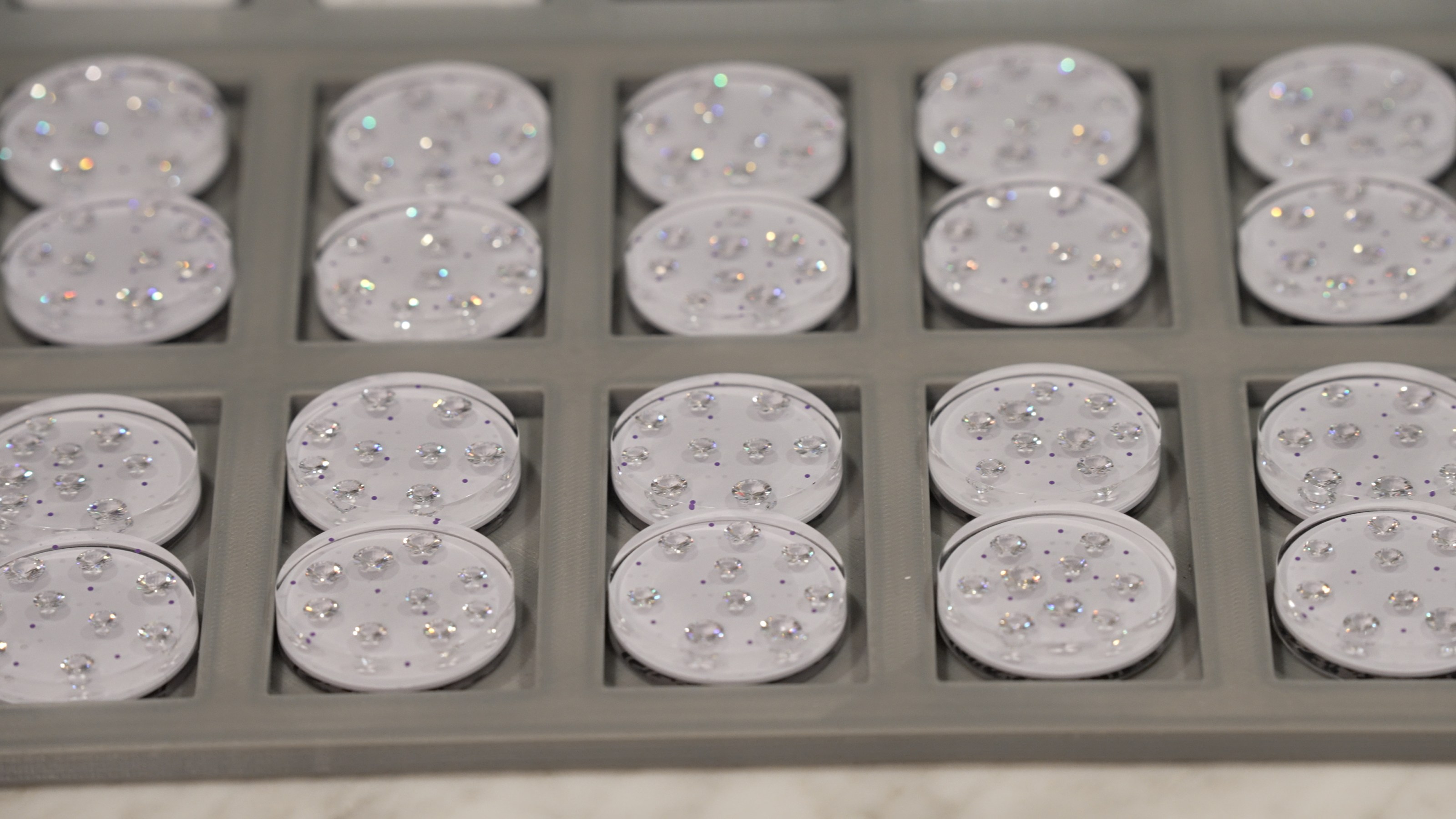
“We’re also creating a different type of buyer, not one that’s emotional or so interested in the beauty. Our bars are beautiful, but they’re interested in the investment value, a store of wealth, a hedge against inflation, or something that can be a speculative investment that outperforms inflation. Those are the key drivers and a very new opportunity for a long-standing natural resource.”
Greg Kwiat agrees that all use cases for natural can co-exist and be mutually beneficial. “We have deep relationships with our customers. We want to make sure when they come into our store, they’re fully educated about our world,” he says. “One of the ways we can bring up the conversation of long-term value in diamonds is through an introduction of the Diamond Standard commodity. By explaining why this exists, and why it tells the story of long-term value for diamonds, it really gives us an opportunity to have a great conversation with our clients. I think that there are a lot of clients who are both interested in celebrating their milestones with jewelry and could also be interested in making investments into this type of asset. They are two halves of the same whole; they’re not going to cannibalize each other.”
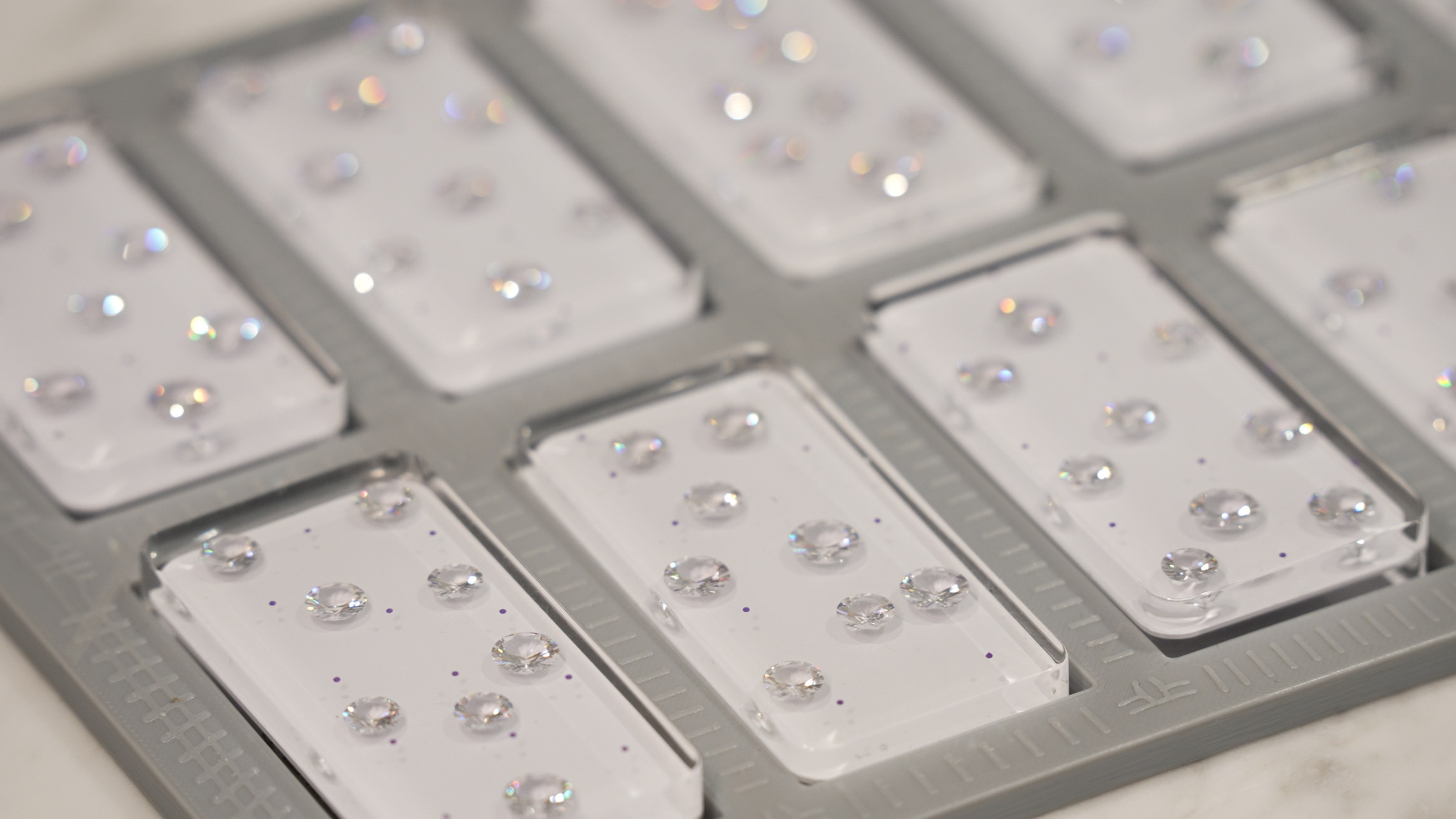
Another thing to consider is that when it comes to the Diamond Standard bars and coins, the buyer has no choice as to the stones included in their asset. Each unique bar is chosen and assembled by computer model, and the physical assets are kept in a custom vault at a Brink’s facility in Delaware (no sales tax). You can, of course, have them at home for display purposes, or if you wanted to get the actual diamonds out. “We designed it so that you simply drop the coin in paint thinner, and overnight it melts and you end up with eight GIA-certified diamonds. You can make rings or earrings or anything you like, but this is not recommended,” says Cormac. Some investors have found more innovative uses. “The most interesting use of our coins and bars so far is that we made a custom set for a major casino in Macau for the high roller table, where they’re using actual diamond standard coins and bars as the poker chips.”
All this new activity could eventually make looking for undiscovered diamonds a more enticing prospect. “If diamond prices go up enough new diamond deposits will become economic for development which will then provide additional supply to the market. So there tends to be a cyclical nature to price and supply in this way,” says Zimnisky. While the odds of finding massive new diamond deposits are vanishingly slim, the world does keep turning, and looking would be the first step to finding.
